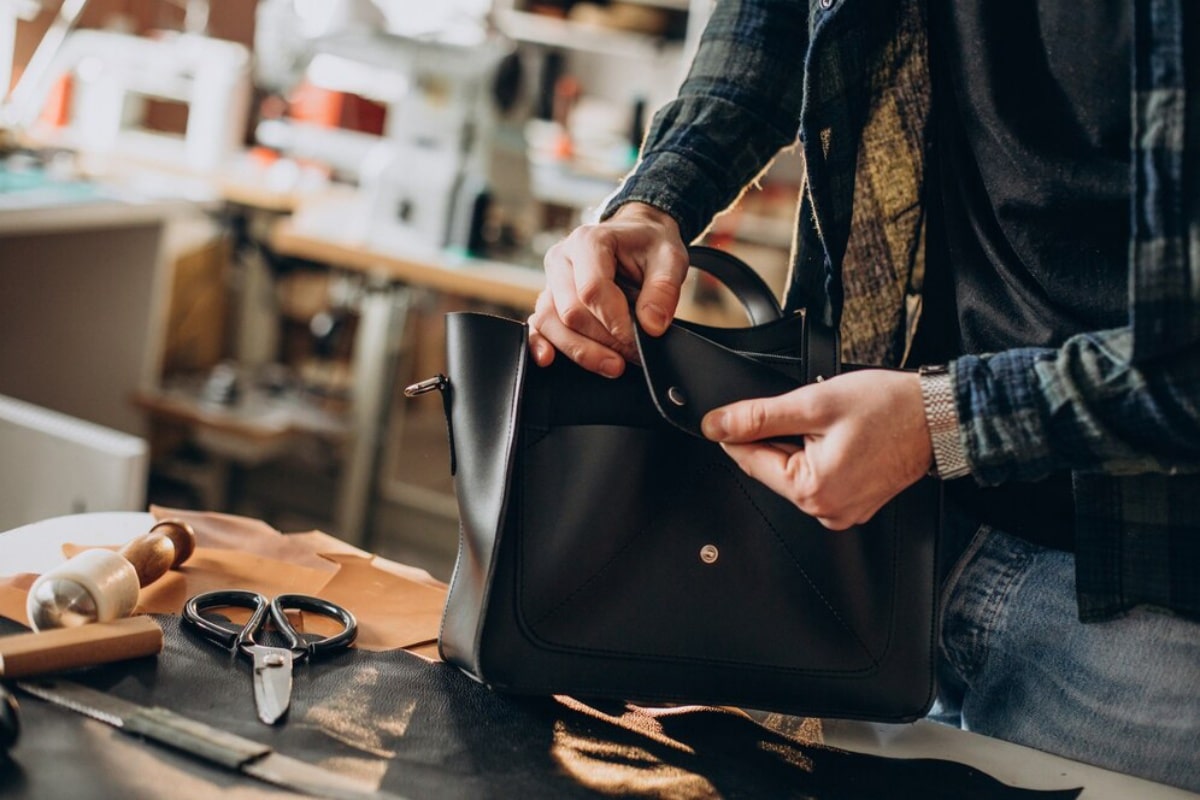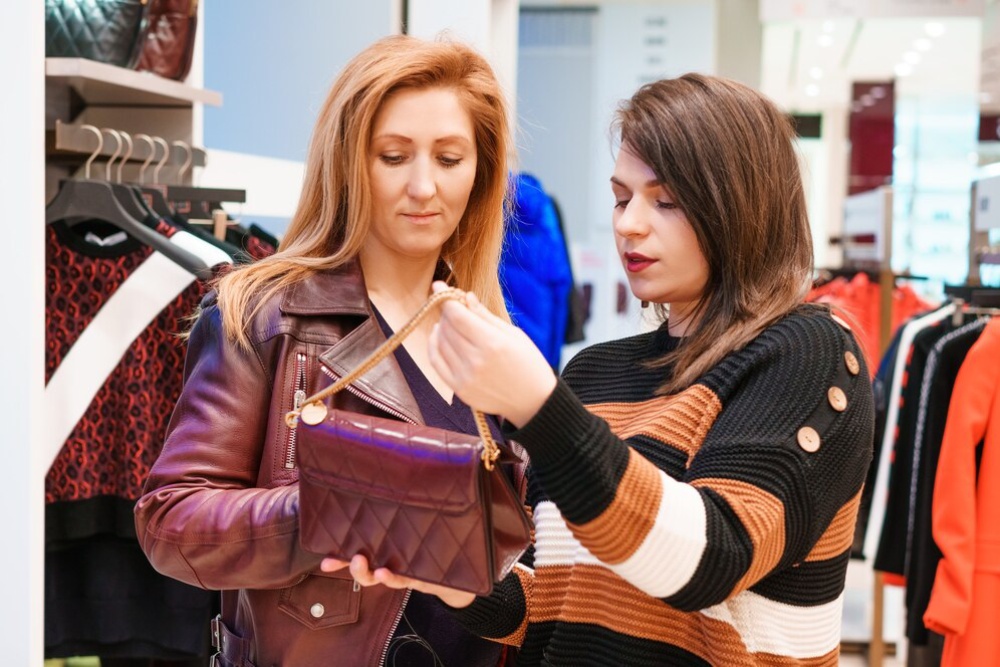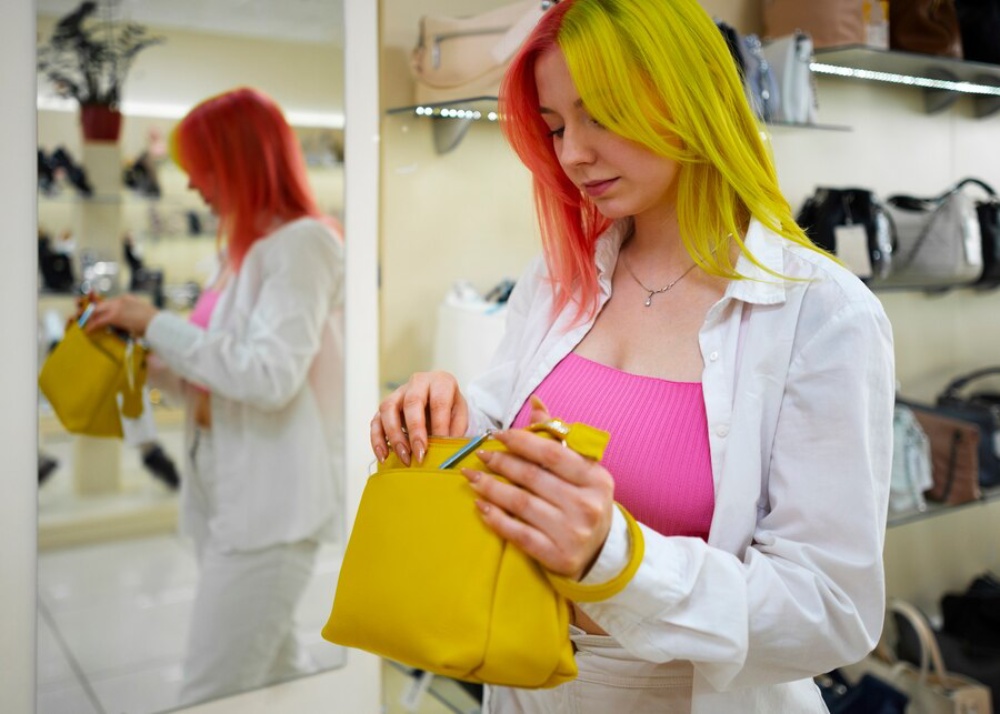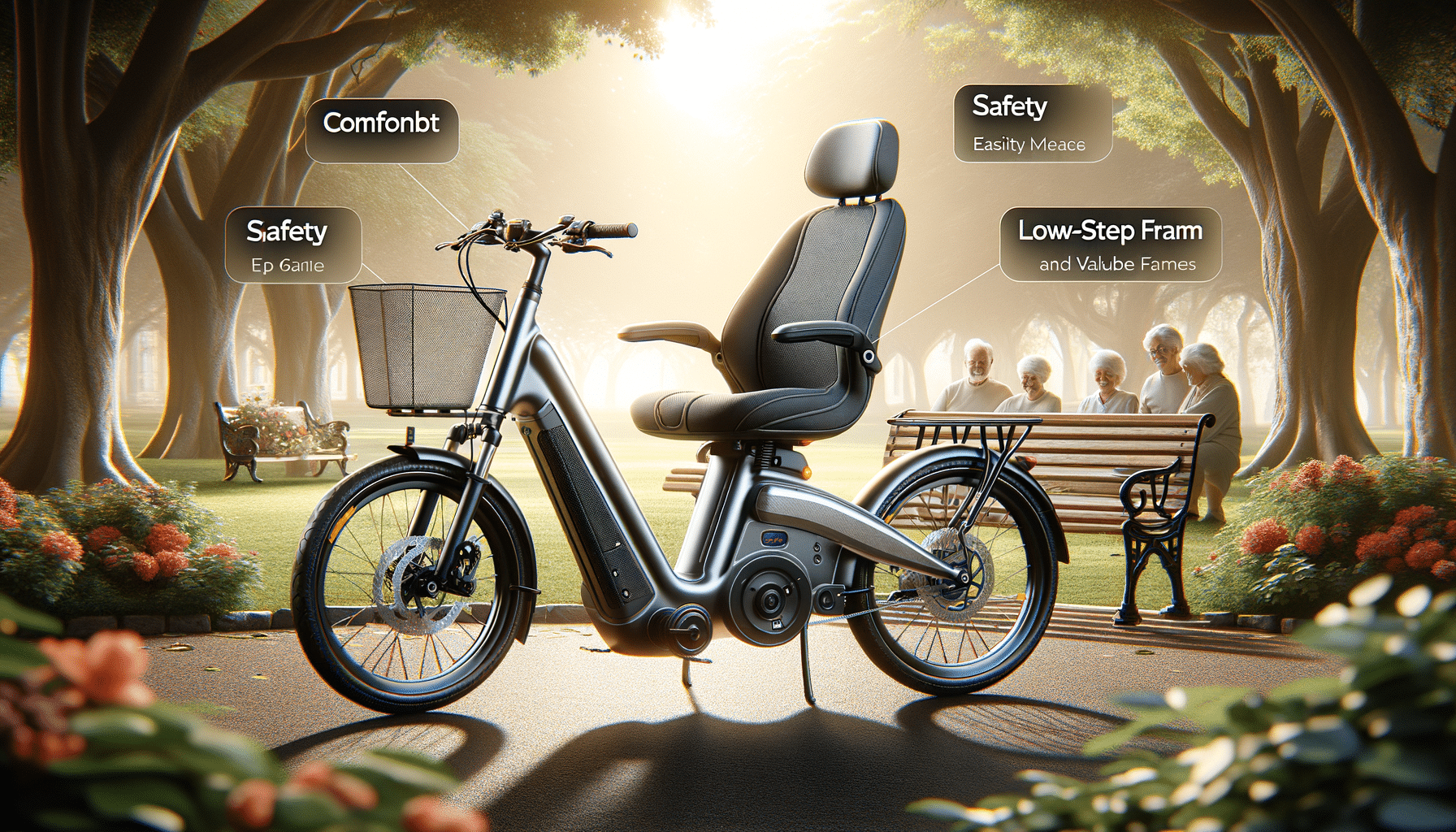
How to Identify Authentic Designer Handbags
Designer handbags are more than just fashion accessories. They are symbols of luxury, craftsmanship, and timeless style. Counterfeit handbags are getting better as the luxury resale market and online shopping grow. This makes it tougher to tell the real ones from the fakes. It’s important to spot a real designer handbag. This way, you can be sure you’re getting value for your money and dodging expensive errors. This guide offers key steps and expert tips to help you verify a designer handbag’s authenticity.
Core Concept
The luxury handbag market is flooded with replicas, some of which are nearly identical to authentic pieces. Industry experts say counterfeiters are now more skilled. They can mimic materials, logos, and even serial numbers. However, authentic handbags maintain a standard of excellence that counterfeit versions cannot match. Authentication depends on looking at details like craftsmanship, materials, stitching, serial numbers, brand markings, and purchase history. Knowing these elements helps you make smart buying choices, whether you’re shopping for new items or using a luxury resale platform.
Step-by-Step Guide to Authenticity Check
1. Examine the Craftsmanship

- Authentic designer handbags are crafted with precision and attention to detail.
- Check for uneven stitching, misaligned patterns, or loose threads—these are red flags.
- Genuine bags are made with high-quality leather, canvas, or exotic materials that feel premium.
2. Inspect the Logo and Brand Markings
- Designer brands use specific fonts, spacing, and placement for their logos.
- Look for inconsistencies in letter spacing, font thickness, or incorrect branding.
- Authentic bags will have precise engravings and embossed brand stamps.
3. Check the Hardware and Engravings
- Genuine designer handbags feature high-quality metal hardware with a substantial weight.
- Zippers, clasps, and buckles should operate smoothly and feel sturdy.
- Some brands engrave logos on zippers and clasps—ensure these are clear and well-defined.
4. Analyse the Stitching
- Luxury brands maintain a consistent stitch count per inch.
- Uneven, frayed, or sloppy stitching is a strong indication of a counterfeit.
- Handcrafted bags, like those from Hermès, exhibit impeccable stitching done by skilled artisans.
5. Verify the Serial Number or Date Code
- Most designer brands include serial numbers or date codes to verify authenticity.
- Brands like Louis Vuitton have date codes stamped inside the bag, while Chanel has a hologram sticker with an authentication code.
- Compare the code with official brand records or authentication guides.
6. Assess the Lining and Interior Details
- Many counterfeit bags use cheap fabrics for the lining, which feel flimsy.
- Designer handbags feature high-quality linings that match the brand’s standards.
- Inspect for brand engravings inside the bag, often found on metal nameplates.
7. Compare the Price and Source
- If the price seems too good to be true, it probably is.
- Purchase from authorised retailers, brand boutiques, or trusted luxury resale platforms.
- Be wary of online sellers with little to no purchase history.
8. Authenticate with a Professional
- If in doubt, seek professional authentication services.
- Some resale platforms offer authenticity guarantees, ensuring you receive a genuine product.
Pro Tip: If possible, visit a physical boutique to familiarise yourself with the brand’s craftsmanship and materials. Also, looking into the history of a specific model and its variations can help you spot inconsistencies better.
Quick Guide
For a quick authenticity check, follow these essential steps:
- Check the Logo: Ensure correct font, spacing, and embossing.
- Examine the Stitching: Consistent, even stitches with no fraying.
- Feel the Material: Genuine leather or fabric with a luxurious feel.
- Inspect the Hardware: Weighty, well-made metal with precise engravings.
- Verify Serial Numbers: Cross-check with official records.
- Assess the Lining: High-quality interior with correct branding.
- Consider the Price: If it’s too cheap, it’s likely fake.
- Buy from Reputable Sources: Trusted retailers or authenticated resale platforms.
Important: Make sure the seller gives you clear images and a full product description before you buy. If a seller refuses to provide clear photos or proof of authenticity, consider it a red flag.
Advice to Remember
- Use a Magnifying Glass: Check small details like embossing, serial numbers, and stitching. Look for any inconsistencies.
- Check the Bag’s Weight: Counterfeit bags are often lighter due to lower-quality materials.
- Smell the Leather: Authentic leather has a distinct smell, while fake leather may have a chemical odour.
Things to Consider
- Watch out for “Superfakes”: These high-quality fakes look a lot like real handbags. This makes them hard to spot.
- Understand Brand-Specific Features: Each designer brand has unique identifiers. Research your chosen brand’s authentication markers.
- Check Return Policies: If buying from a third-party seller, ensure they offer returns in case the bag turns out to be counterfeit.
Best Practices & Additional Insights
- Stay Updated on Brand Changes: Luxury brands often change their designs, logos, or authentication codes. So, keep an eye out for updates.
- Keep Receipts and Documentation: Real handbags usually include authenticity cards, dust bags, and branded packaging. Counterfeit ones often do not have these items.
- Learn More: Visit expert authentication sites, join fashion forums, and connect with luxury handbag communities to boost your knowledge.
Warning: Always check trusted resale platforms carefully. Some counterfeits can get past their verification. If a deal seems too good to be true, trust your instincts and seek expert authentication before purchasing.
FAQs

What should I do if I suspect my handbag is fake?
Consult a professional authenticator or take it to the brand’s boutique for verification.
Are authentication certificates always reliable?
Not always—some counterfeit bags come with fake authenticity cards. Always verify with a trusted source.
How can I avoid buying counterfeit handbags online?
Shop at trusted retailers. Check product descriptions closely. Request more photos or proof of purchase if needed.
Are pre-loved designer bags worth buying?
Yes, if purchased from a reputable luxury resale platform with authenticity guarantees.
Do all designer handbags have serial numbers?
No, some brands use alternative authentication methods like hologram stickers or microchipping.
Final Thoughts: Shop Smart, Stay Authentic

To spot a real designer handbag, you need to pay close attention. You must know the brand well. Sometimes, it’s best to get a professional to check it. When buying a luxury handbag, whether new or from resale, being informed helps protect your investment. It also lets you appreciate the true craftsmanship behind it. Follow this guide and stay alert. You can confidently explore designer handbags and make wise buying choices.


